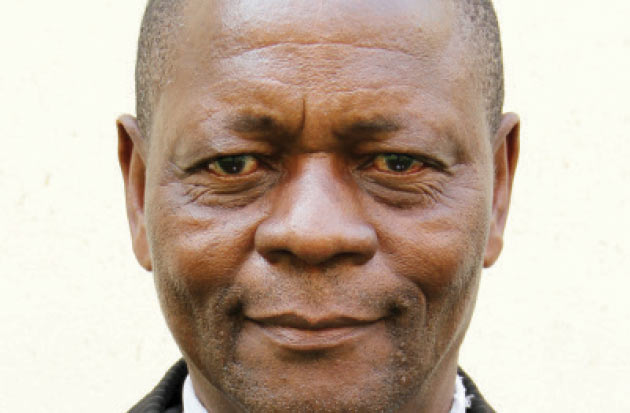Zim tourist arrivals up 6%. . . Byo dominates bed occupancy with 8% positive growth

Business Reporter
TOURIST arrivals into Zimbabwe increased by six percent to 479 718 during the first quarter compared to the same period last year, statistics from the 2017 first quarter tourism performance report show.
The report, which was availed by the Zimbabwe Tourism Authority (ZTA), attributed the increase in tourist arrivals to a five percent rise in arrivals from mainland Africa alongside other major sources.
“Zimbabwe received 479 718 during the first quarter of 2017. This figure is six percent up from 450 572 during the same period in 2016. The increase was mostly driven by the five percent rise in arrivals from mainland along with all other major markets save Asia,” said the report.
During the period under review, arrivals from Europe rose by 29 percent to 35 381 from 27 433 with increases in most major markets including the United Kingdom (132 percent), France (76 percent) and Germany (8 percent).
“The increase in European arrivals is a positive development considering the fact that this region closed with an 18 percent decline in 2016. The European market share stood at seven percent and is second only to Africa, thus Europe remains the greatest overseas market for the country,” said ZTA.
While arrivals from Europe increased, Zimbabwe still has a long way to go in terms of attracting arrivals from this market.
This is especially so as the country’s neighbour South Africa recorded 102 155 arrivals from the UK alone in the first two months of 2017, said ZTA in the report.
Arrivals from the Asian market during the period under review declined by four percent from 14 004 to 13 385 this year.
ZTA attributed the decline mainly to the poor performance of China (43 percent) in the first three months of the year.
“On the contrary, Asian arrivals into South Africa are on the increase based on the available figures for January and February 2017. South Africa has already received over 52 319 Asian arrivals and over 21 137 Chinese arrivals in the first two months,” it said.
The Americas have been the major increasing market in 2016, and continued to increase in the first quarter of 2017. The Americas region contributed 23 297 arrivals, three percent up from 22 620 in the first quarter of 2017.
Oceania has been one of the three increasing regions registering a 26 percent increase to 5 840 from 4 641 arrivals in 2016 with Australia registering a positive performance of 17 percent.
The Middle East continued to trail behind in its contribution to total arrivals into the country with the region contributing less than one percent of the market share.
“However, the Middle East recorded a 41 percent increase in the first quarter of the year driven by a 48 percent increase in arrivals from Israel,” said the tourism authority.
It said arrivals from mainland Africa registered 400 290 foreign tourist up from 380 790 in 2016 representing a five percent upward trajectory.
“The region continues to command the bulk of arrivals (84 percent) into Zimbabwe. The stagnation of arrivals from South Africa, the country’s major market is of major concern as the market is Zimbabwe’s major market.
“This calls for serious consideration in addressing facilitation issues especially at Beitbridge. There is also a need to seriously look at upgrading roads especially the Harare Beitbridge highway,” said ZTA.
In terms of accommodation utilisation statistics during the period under review, ZTA indicated that the national average hotel room occupancy rate increased from 36 percent in 2016 to 38 percent during the review period last year.
“It is worth noting, however, that among the three regions that registered the highest bed occupancies, Bulawayo was the only region that experienced a positive growth of eight percent for the period under review,” it said.
“After Bulawayo, Masvingo was the only other region which registered a positive growth of five percent, with the rest of the regions being in the negative growth.”
The tourism authority said significant declines were recorded in Beitbridge (-19 percent), Midlands (-17 percent) and Nyanga (-15 percent).
“These substantial negative growths were as a result of reduced utilisation of double room occupancy by government, the corporate world and non-governmental organisations to implement cost-cutting measures for purposes of viability.
“Declines were also a result of limited discretionary incomes in the domestic market which is inundated with financial needs for basic necessities,” said ZTA.









Comments